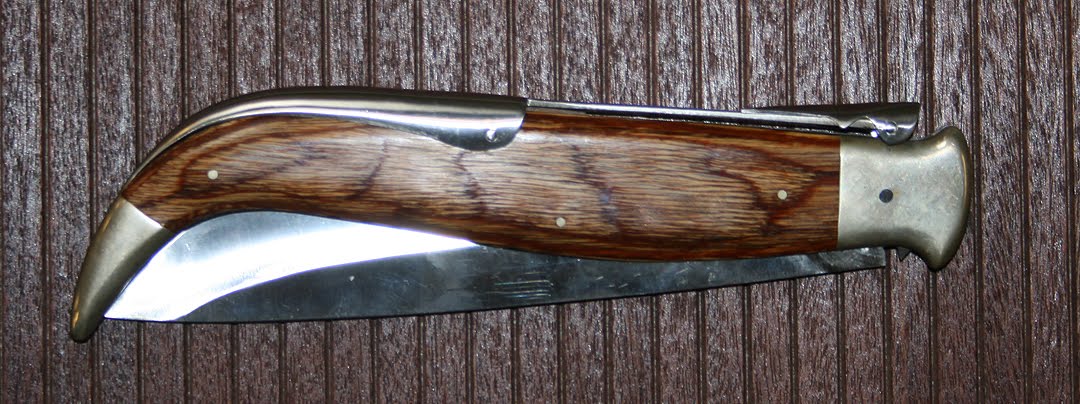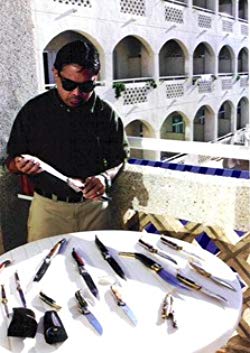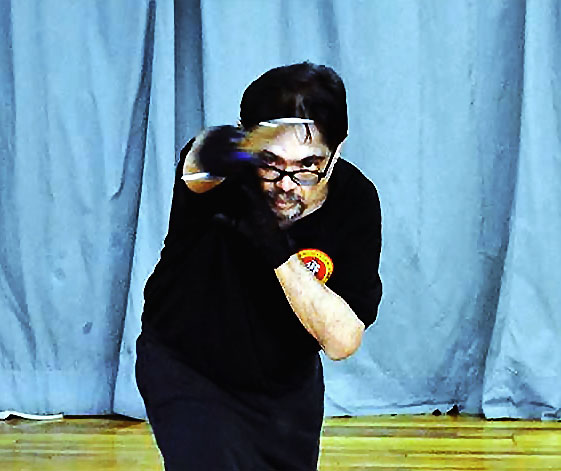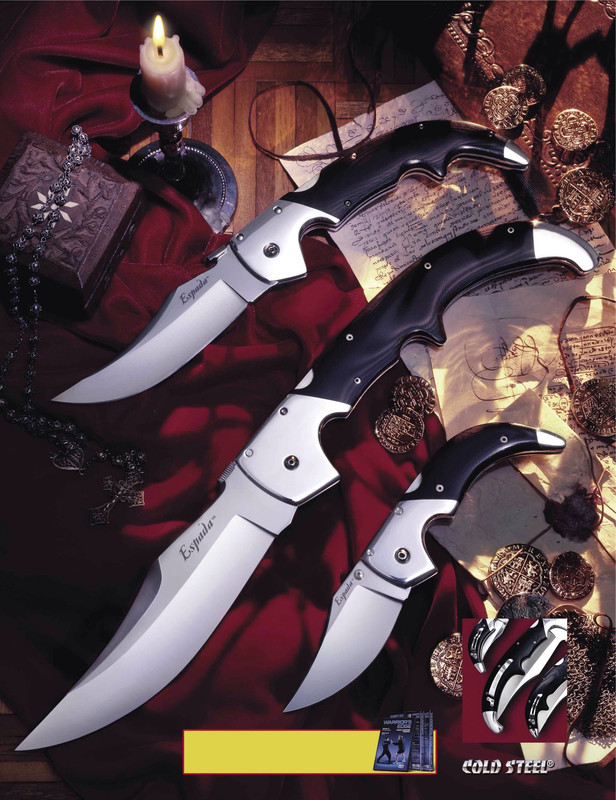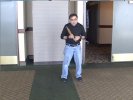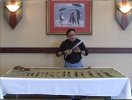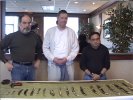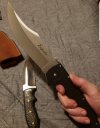Thanks, Steve, nice post. I jumped on the Espadas as soon as they came out. From doing a few seminars on Navaja techniques with James Loriega, I recognized this as an American version of the famous Spanish knife. I've seen some authentic Navajas that dwarfed an XL Espada. These were the peasant's "equalizer" in the times that only the nobility were allowed to carry swords.
Thanks, Mike. Mr. Loriega's knowledge of the navaja is indeed quite impressive.
In fact, he's never failed to impress me with his serious approach to whatever topic he addresses. I'm envious that you've been able to attend his seminars!
Unfortunately, I didn't share your instant attachment to the Espada. I loved the navaja's history, but the design never appealed to me that much, and the traditionals that I'd seen struck me as flimsy. When I first saw and even held the Espadas, I recognized that they were anything but flimsy, but the odd shapes initially just rubbed me wrong.
Well, enter about a year of consideration for what Lynn and Andrew were attempting to accomplish with the design, along with repeated poring over pictures of those beautiful polished versions. I ordered a large model, and all of a sudden I was hooked! What initially felt like an awkward handle shape now seemed remarkably comfortable and masterfully designed. The previously "exaggerated" blade shape (my early assessment) became beautiful in both its historicity and functionality. And the defensive potential for the design was undeniable.
I discovered that the Espada was truly a masterwork in the concept of form following function. Now, it is not only one of my favorite Cold Steel knives, but one of my favorite folding knives, period.
By the way, for those pondering the knife: The G-10 versions are excellent and an amazing value. But you owe it to yourself to try out the polished models. The differences in sturdiness of construction and comfort in the hand are truly astounding and, in my opinion, make the price difference worth it.
-Steve
